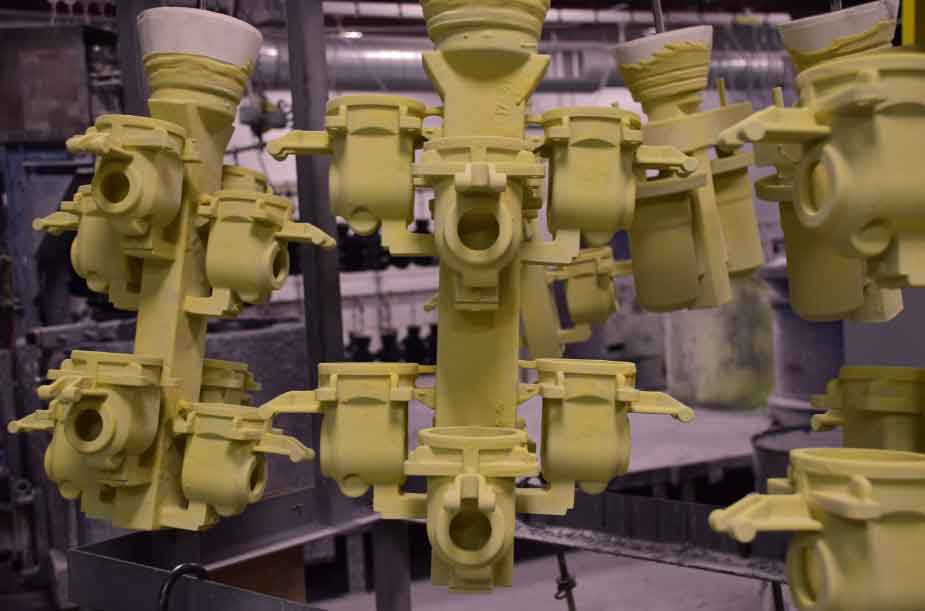The investment casting industry is continuously evolving, driven by emerging trends and advancing technologies. Here are some of the key trends and technologies shaping the future of investment casting:

- Additive Manufacturing (AM) Integration: Additive manufacturing, or 3D printing, is increasingly being integrated into the investment casting process. AM allows for the direct production of complex wax patterns, eliminating the need for traditional pattern-making methods. This integration enables faster prototyping, customization, and reduced lead times.
- Advanced Materials: The use of advanced materials in investment casting is on the rise. High-performance alloys, composites, and metal matrix composites are being utilized to meet the increasing demands for specialized applications in industries like aerospace, defense, and energy. These materials offer enhanced strength, temperature resistance, and lightweight properties.
- Simulation and Modeling: Computer simulations and modeling techniques are becoming more sophisticated and accurate. Casting simulation software enables the prediction of casting defects, flow characteristics, solidification patterns, and stress distribution. This helps optimize the casting process, reduce costs, and improve overall part quality.
- Automation and Robotics: Automation and robotics are being employed to streamline various stages of the investment casting process. Robotic systems are used for tasks like pattern assembly, shell building, and finishing. Automated systems enhance precision, consistency, and productivity while reducing human error.
- Digitization and Data Analytics: Digital technologies and data analytics are playing an increasing role in investment casting. Sensors and monitoring systems are used to collect real-time data during the casting process, enabling proactive quality control and process optimization. Data analytics help identify patterns, trends, and potential improvements for enhanced efficiency and quality.
- Advanced Quality Assurance: Non-destructive testing (NDT) methods, such as X-ray, ultrasound, and thermal imaging, are being further developed to ensure the integrity of castings. Advanced inspection techniques provide enhanced detection of defects and improved quality assurance. Additionally, in-line inspection systems are being implemented to monitor quality during the casting process.
- Green and Sustainable Practices: Environmental considerations are gaining importance in the investment casting industry. Sustainable practices, such as the use of eco-friendly materials, energy-efficient processes, and waste reduction strategies, are being adopted to minimize the environmental impact of the casting process.
- Digital Twin Technology: The concept of a digital twin, a virtual replica of a physical casting process, is emerging. Digital twin technology allows for real-time monitoring, analysis, and optimization of the casting process, leading to improved productivity, quality, and predictive maintenance.
These emerging trends and technologies in investment casting aim to enhance efficiency, precision, and sustainability while expanding the capabilities of the process. By leveraging these advancements, the investment casting industry can meet the evolving demands of various sectors and remain competitive in the manufacturing landscape of the future.
